The Criterion Channel has curated another great collection for its streaming repertoire. Newly added to the channel are 11 animated short films by master stop-motion filmmakers Stephen and Timothy Quay. Since the late 1970s, these identical twin visionaries have teased and bent perception with meticulously crafted moving images, utilizing odd materials to build puppets and miniatures that are both bizarre and beautiful.
Representing only a portion of the brothers’ filmography, this sampling of avant-garde animated shorts will transport Criterion Channel viewers to a dark and gritty dreamworld, demonstrating the breadth and depth of these influential master filmmakers’ unique artistry.
11 The Cabinet of Jan Švankmajer (1984)
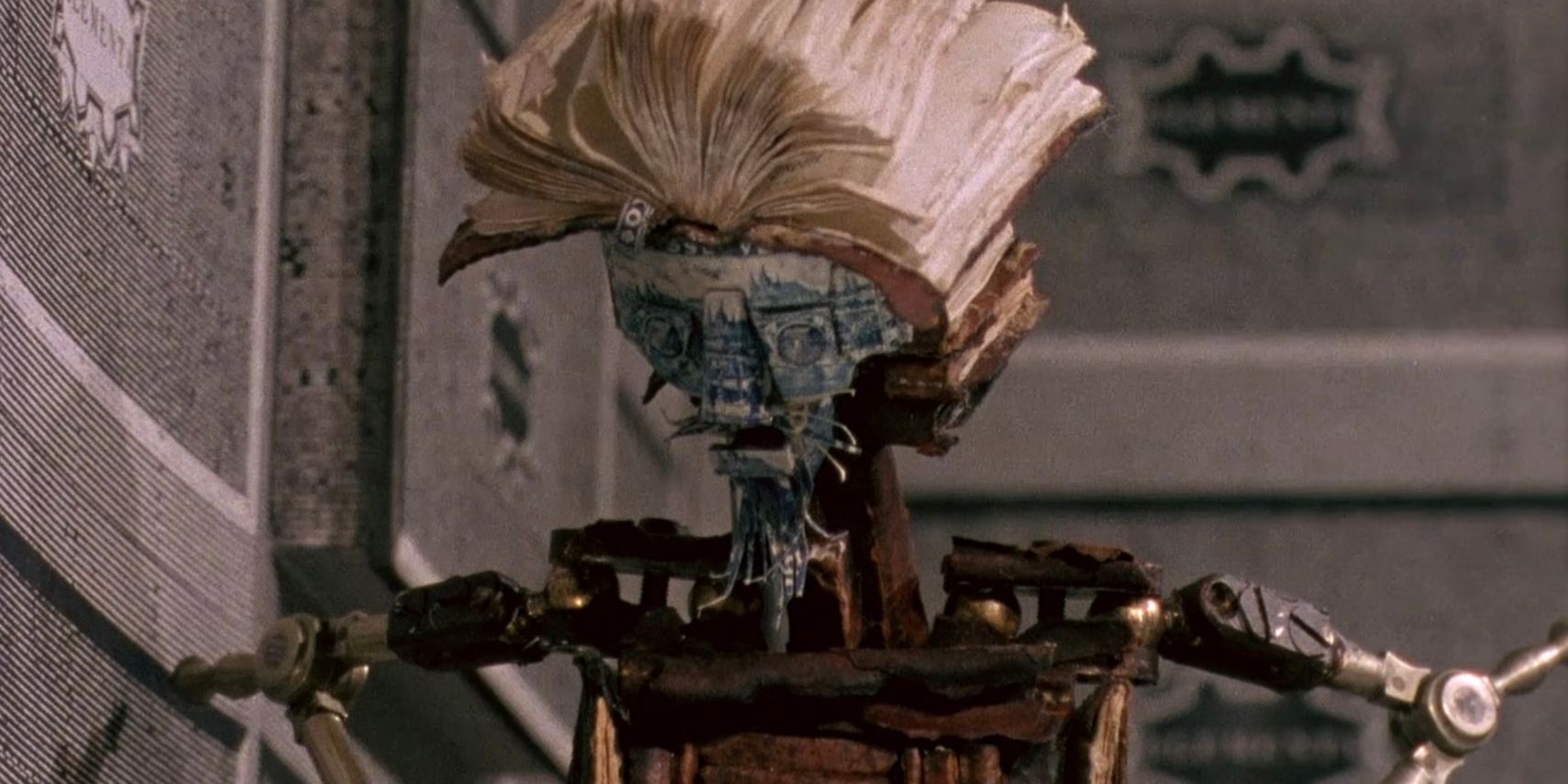
This oddly tender film is a sort of love letter to the deeply influential Czech stop-motion filmmaker Jan Švankmajer. It’s a tale of pedagogy, in which a mad genius bestows the secrets of manipulating perception (aka stop-motion animation) on a younger pupil.
Blurring the lines between lesson and fairytale, The Cabinet of Jan Švankmajer expresses the unabashed love and appreciation that the Quay Brothers harbor for their chosen art form. Featuring bombastic music by Zdenek Liska, this short is an excellent primer for the visionary duo’s body of work.
10 This Unnameable Little Broom (1985)
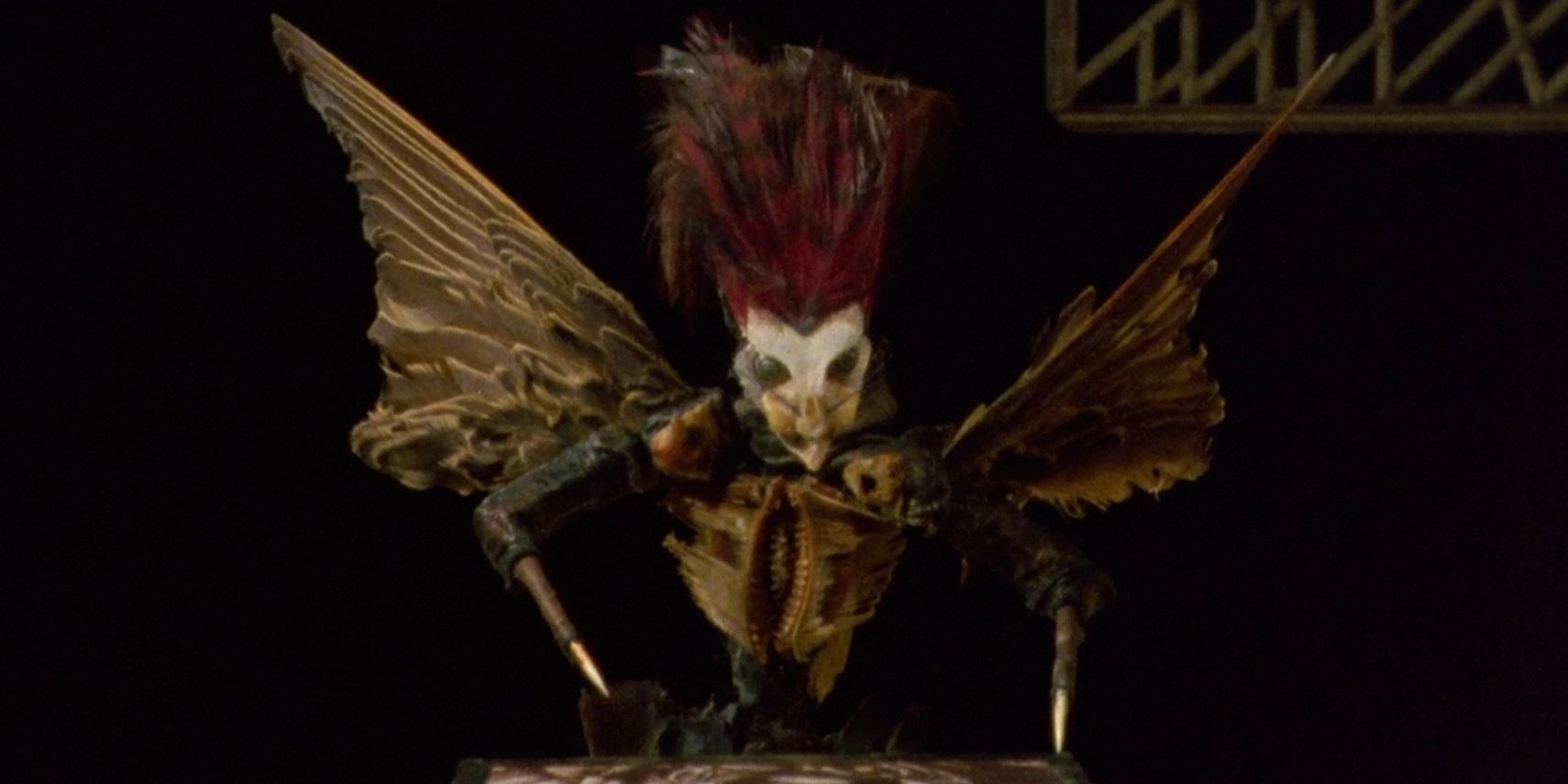
The prologue of This Unnameable Little Broom describes the film as “a largely disguised reduction of the Epic of Gilgamesh,” while the film itself features a mischievous jester riding around on a squeaky tricycle as it lays an elaborate trap for its winged prey.
The winged puppet is one of the more striking Quay Brothers creations, crafted from animal bones, tiny shells, and feathers. The filmmakers present an eerie tale of voyeurism and sexuality, using not-so-subtle visual metaphors, and combining whimsical humor with visceral terror.
9 Street of Crocodiles (1986)
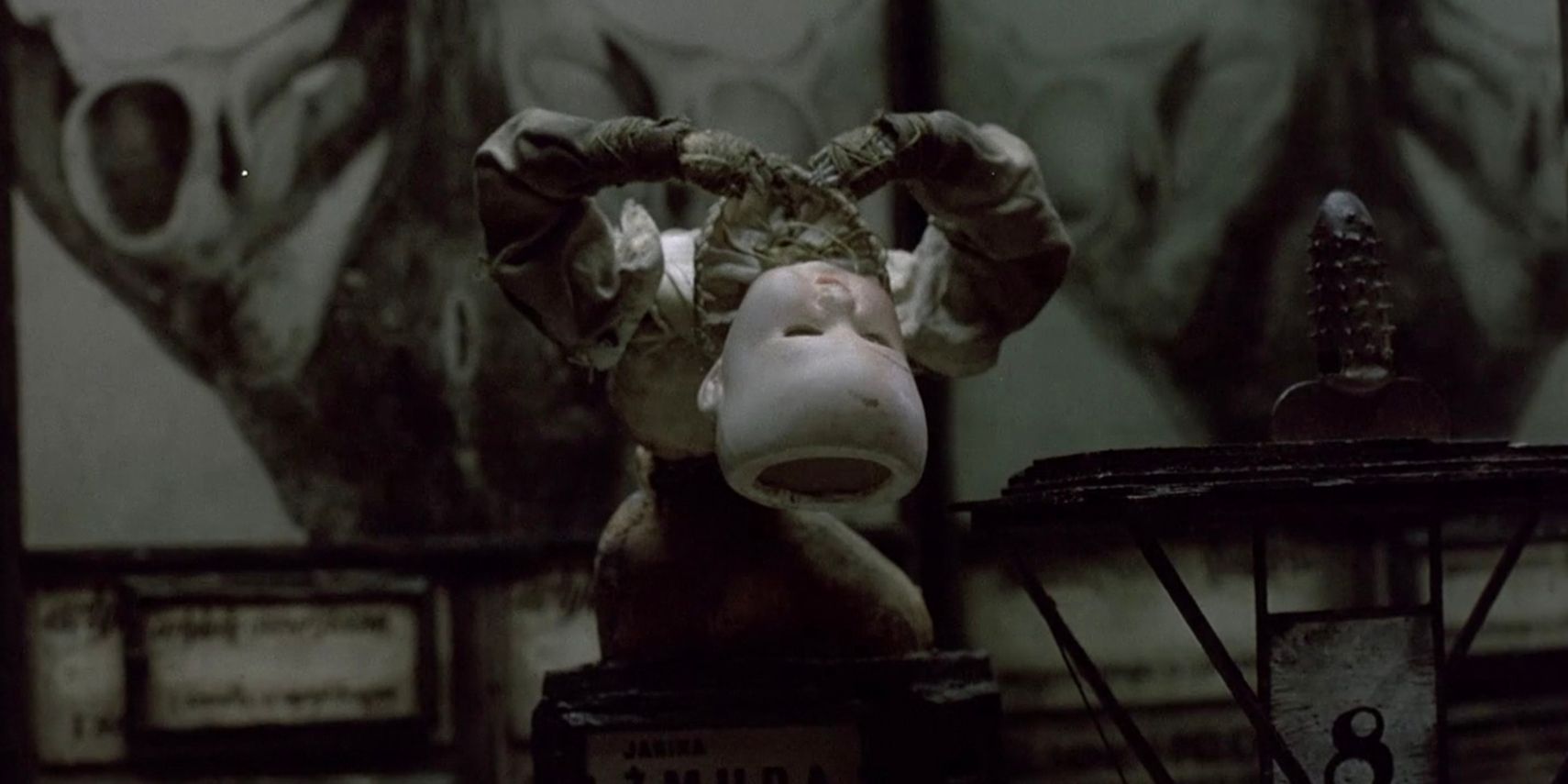
Street of Crocodiles is a surreal adaptation of Polish writer Bruno Schulz’s book by the same name. With a runtime of a little over 20 minutes, this film is the longest in this particular collection.
It may also be the most elaborate and deftly crafted of these works, exhibiting a variety of animation techniques and an odd assortment of materials, including dandelion seeds and raw meat. The film also includes a narrated epilogue, a note on Bruno Schulz’s work, and a lamentation on the limitations of art in 1980s Poland.
8 Rehearsals for Extinct Anatomies (1987)
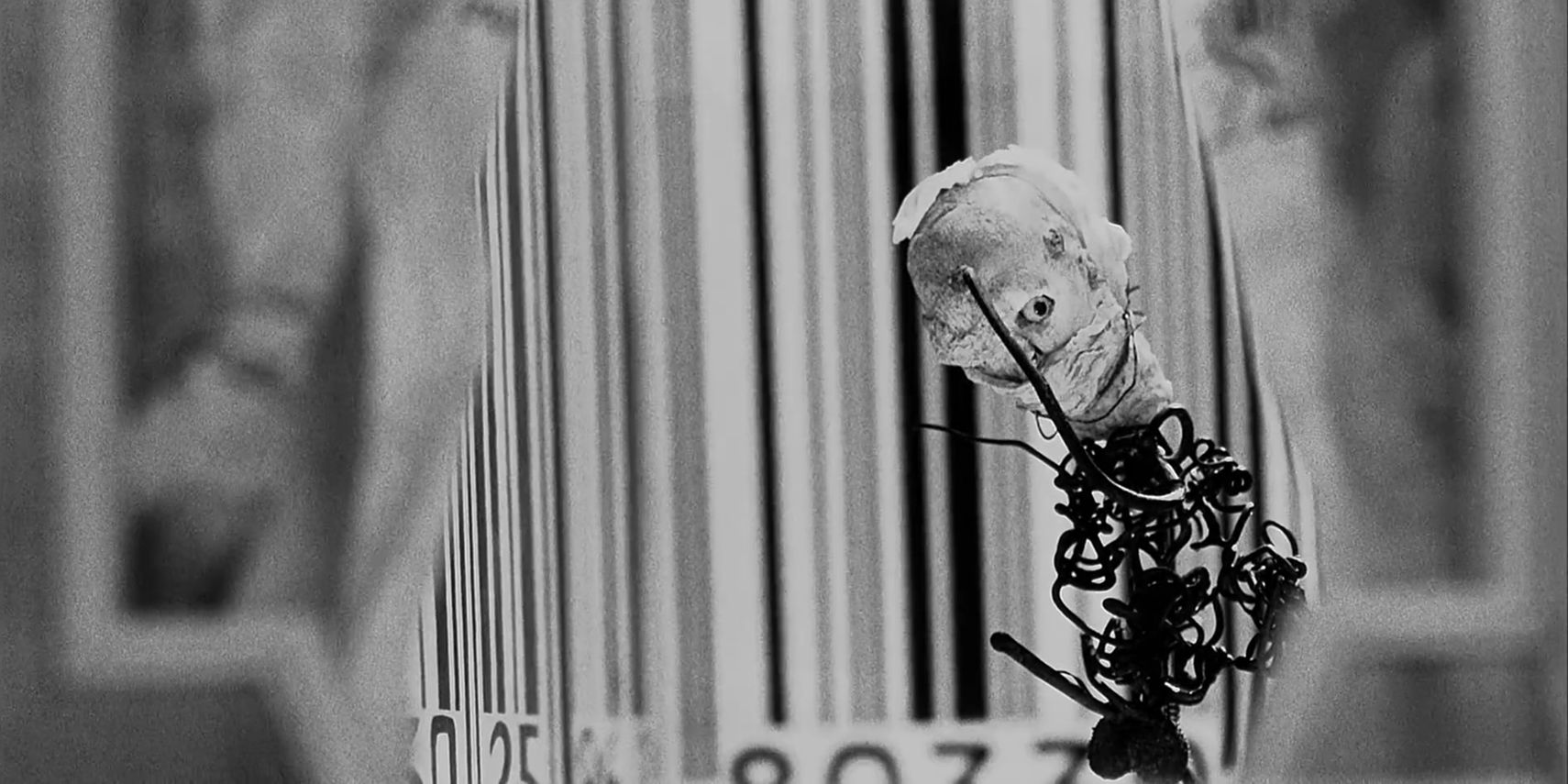
The dark and nightmarish style of Rehearsals for Extinct Anatomies might easily be compared to the early work of David Lynch. However, by the mid-'80s, the Quay Brothers had already cultivated a visual sensibility all their own, making them true contemporaries of Lynch, along with many other visionaries of the time.
Featuring a wiry puppet gripped with bodily fixations, and barcodes adorning walls that vibrate with sound, this tale of angst and abnormality is a stop-motion gem. The film also features an absolutely beautiful music arrangement by Leszek Jankowski.
7 Stille Nacht I: Dramolet (1988)
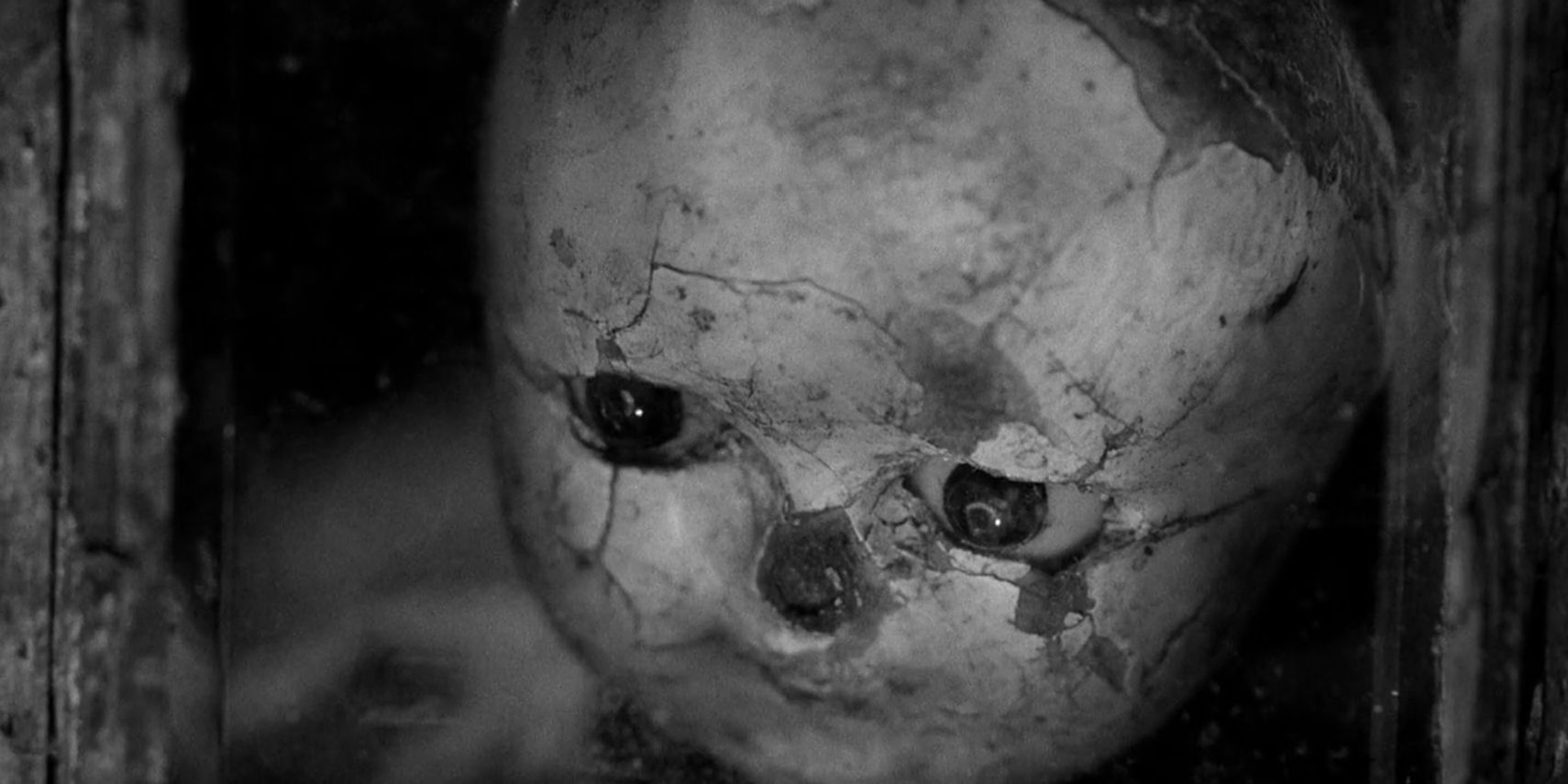
Stille Nacht I: Dramolet is the first film of the brothers’ “Stille Nacht” series. With a runtime of less than 2 minutes, it is the shortest of this collection. Utilizing metal fragments and magnets, they create a ghostly environment of metallic fibers and dust that seems to live and breathe.
This novel approach for creating movement by harnessing the unseen forces of magnets is a brilliant example of the filmmaker duo’s experimental spirit. The film also features music by the “Blata Gimnazjum Children's Orchestra,” a whimsical example of dissonant sound in film.
6 The Comb (1990)
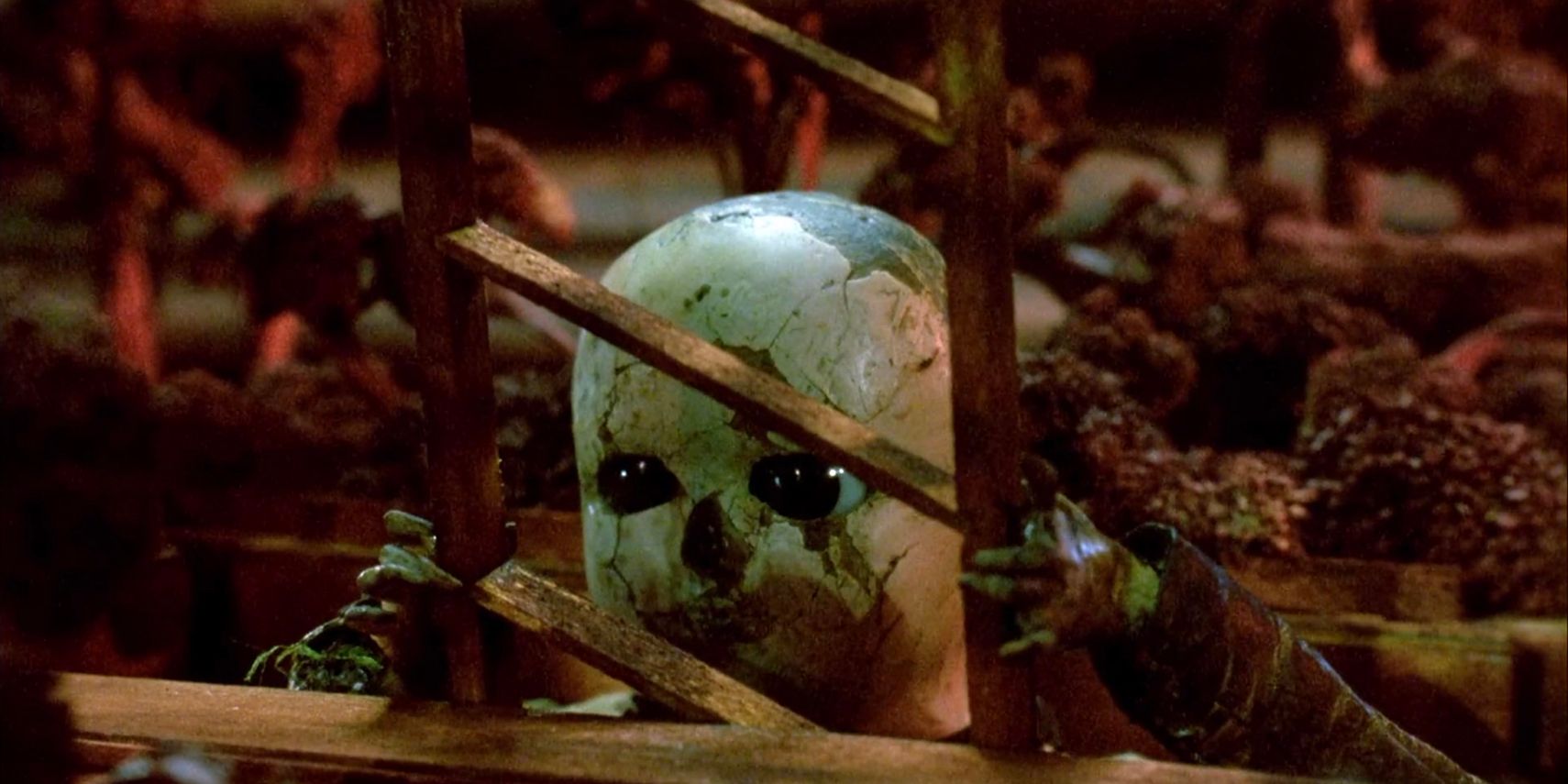
The Comb is based on a selection of text by Austrian writer Robert Walser and features a woman afflicted with the bodily sensations of tormented sleep. Oscillating freely between the real world and the dream world while utilizing both animated and live-action footage, the brothers weave a complete narrative without the constraints of plot.
Dusky landscapes and vivid colors comprise this dreamscape, making this one of the more elaborately constructed visions in the brothers’ filmography. The film’s 18-minute runtime marks this as one of the longer works in this collection.
5 Anamorphosis (1991)
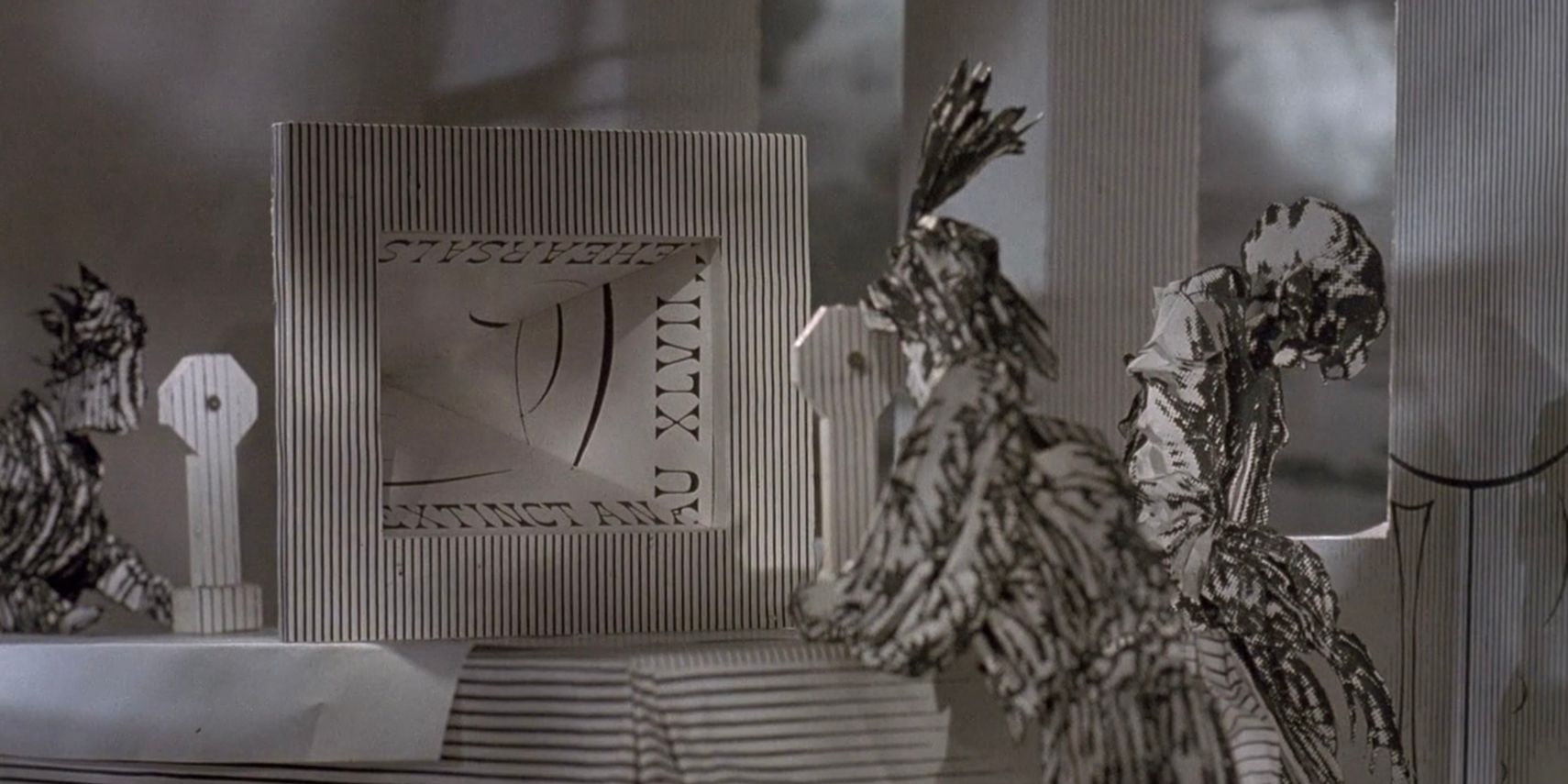
Anamorphosis is a narrated study of the visual technique of the same name. A painting of a landscape may reveal a hidden figure when viewed from an angle. This film is one of the much more comprehensive works by the brothers, a visually engaging lecture on perspective, eloquently describing the technical attributes and artistic subversions of images hidden within images.
Just as informative as it is fun to watch, this film may teach viewers a thing or two about art and the history of secrets.
4 Stille Nacht III: Tales from Vienna Woods (1992)
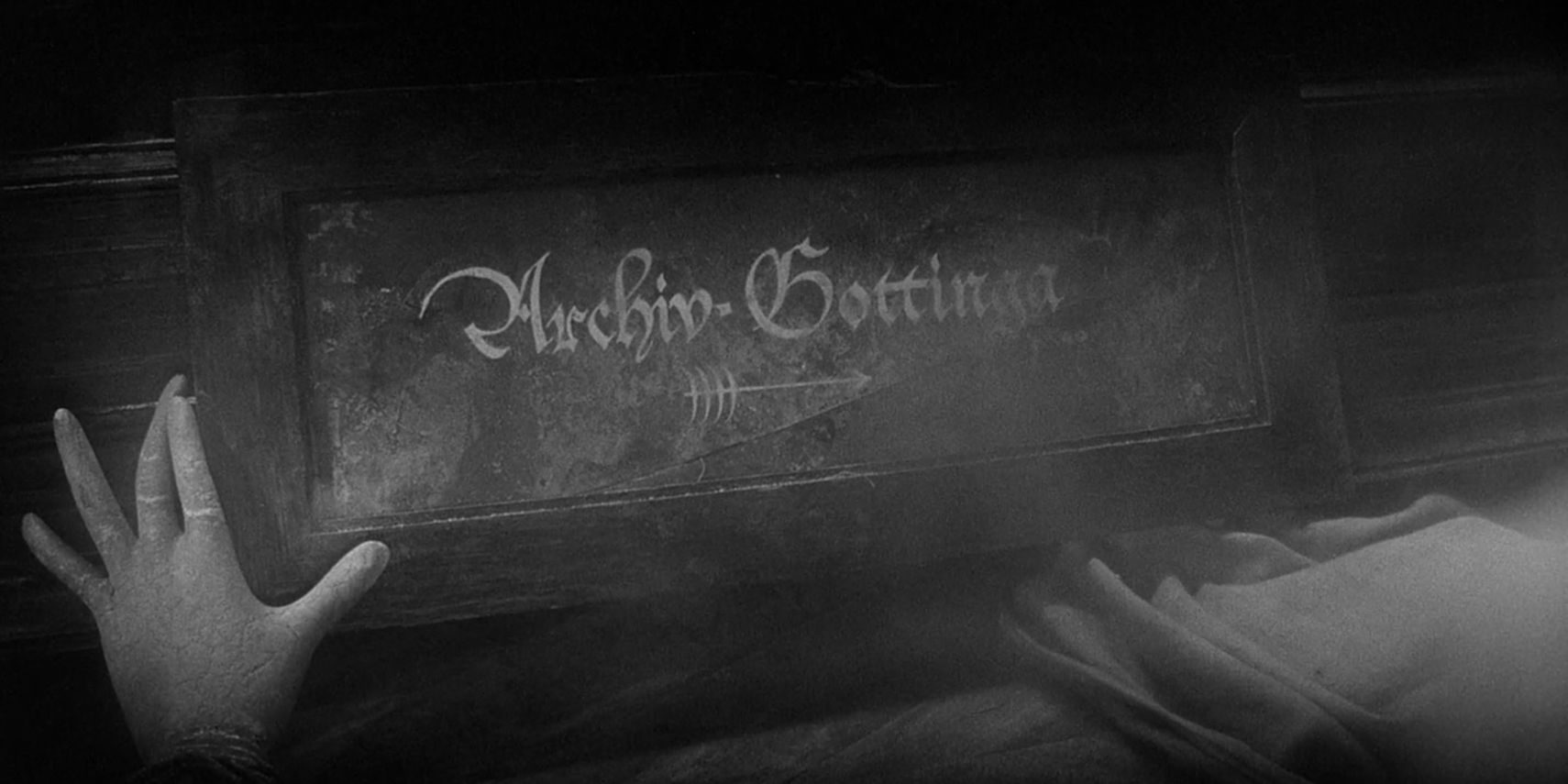
Forest imagery and unintelligible narration thread this film, the third of the “Stille Nacht” series. A vibrating bullet tears through the pinecone-strewn forest of the Quay Brothers’ hand-crafted dreamworld, an evergreen dream depicted in crisp and textured black and white.
This abstract tale is accompanied by an ethereal refrain of a dissonant orchestral melody. Stille Nacht III: Tales from Vienna Woods has a runtime of a little more than 4 minutes and is another one of the shorter films in this collection.
3 Stille Nacht IV: Can’t Go Wrong Without You (1993)
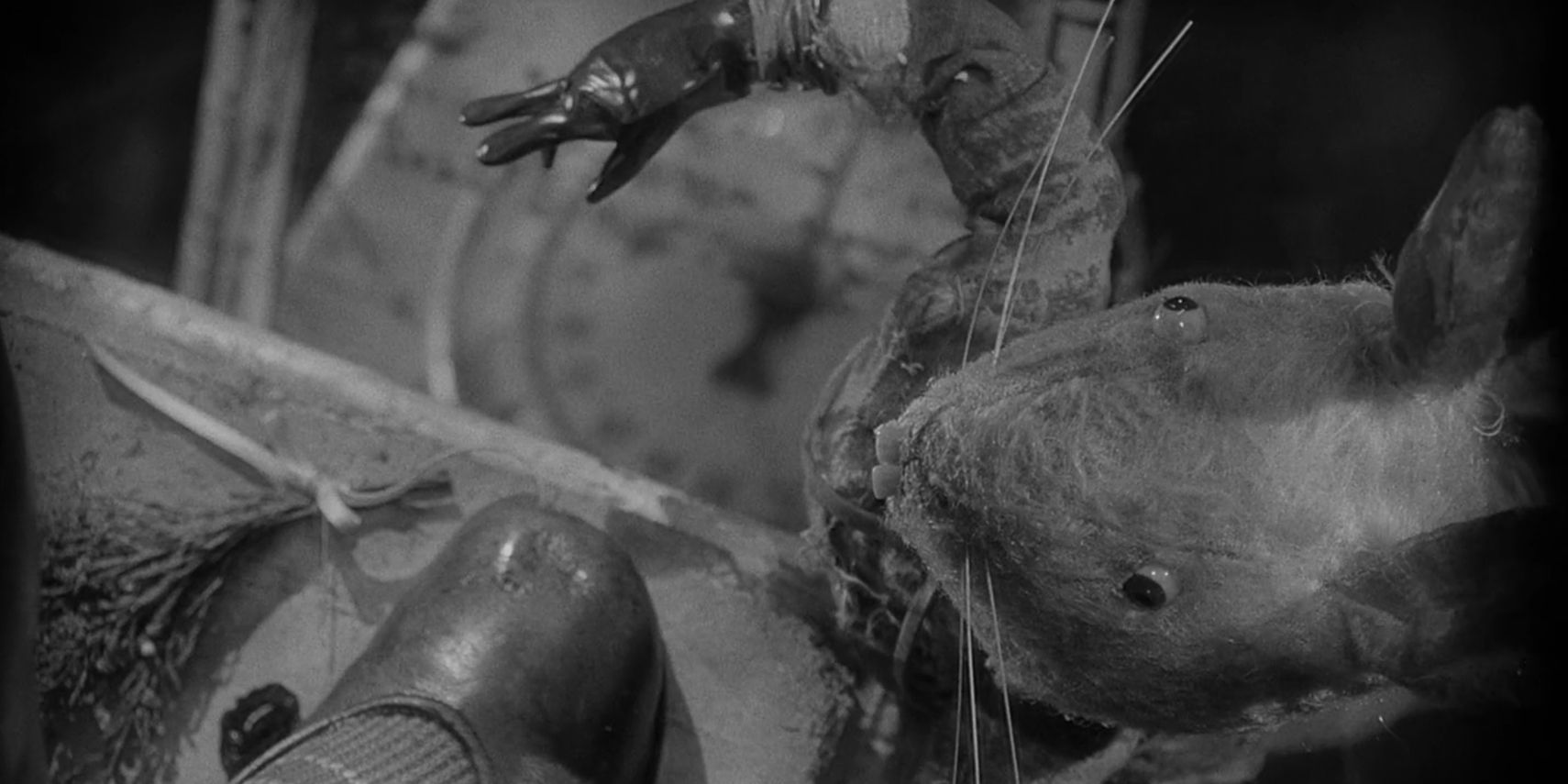
The theme of this short seems to be keyholes and peering through them. A skeleton-faced devil spies voyeuristically on a white rabbit who hordes eggs, while a child’s doll teeters on a scale.
The experimental rock group His Name Is Alive provides a dreamy and droney soundtrack to the surreal antics of Stille Nacht IV: Can’t Go Wrong Without You. This film is the fourth and penultimate of the “Stille Nacht” series, and with a runtime of 4 minutes it is yet another one of the shorter films featured in this collection.
2 In Absentia (2000)
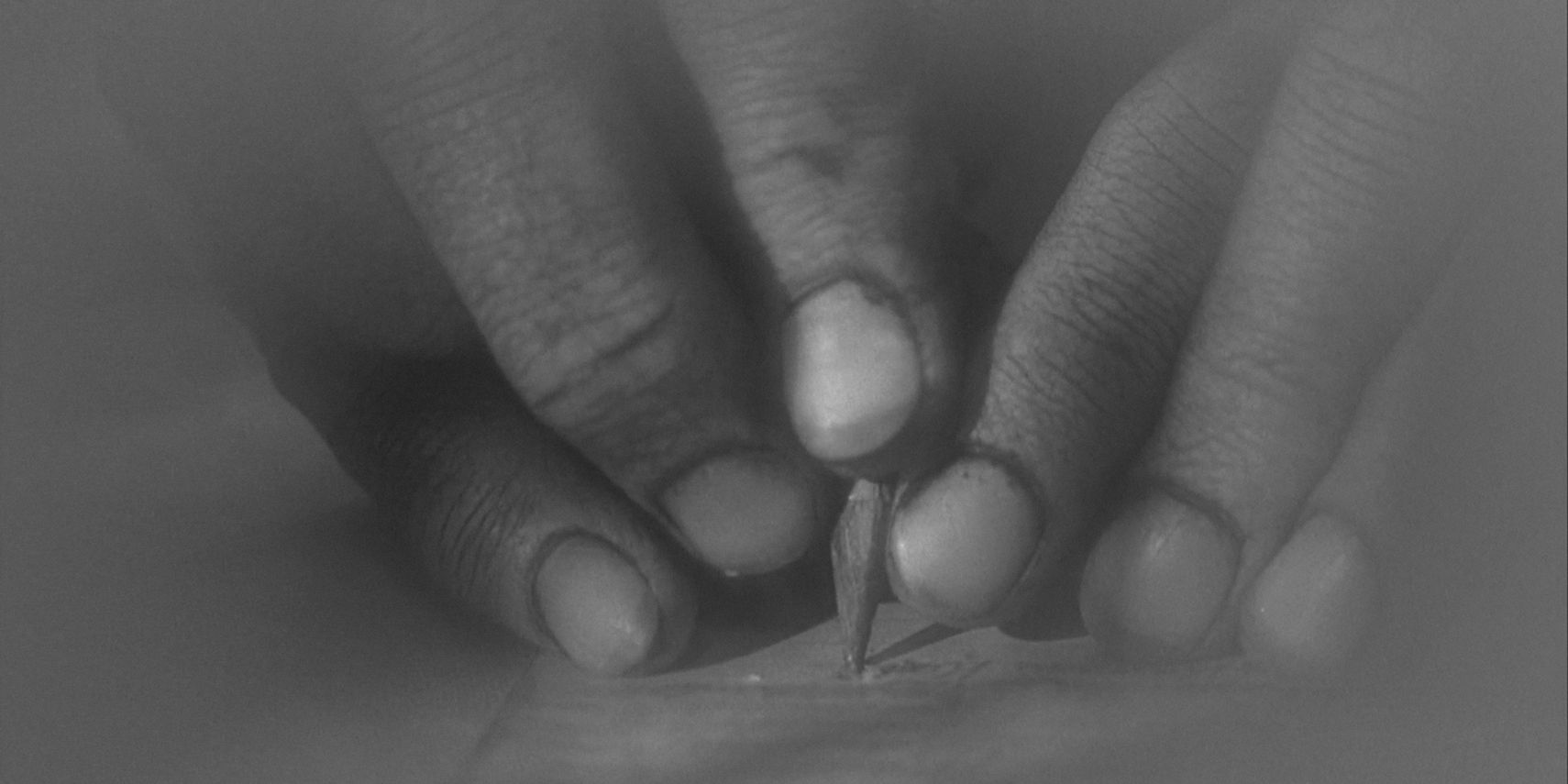
Produced for the BBC, In Absentia is a fever-dream of texture and light. Silvery images of broken pencils and lead-stained fingers weave an impenetrable tale of psychological anguish. Plainly put, it’s just as captivating as it is difficult to follow.
This is another of the brothers’ films featuring more live-action footage, moving fluidly between the real and the animated. With a runtime of 20 minutes, this is one of the longer shorts in the collection, lending the viewer plenty of time to get lost in the madness.
1 The Phantom Museum (2003)
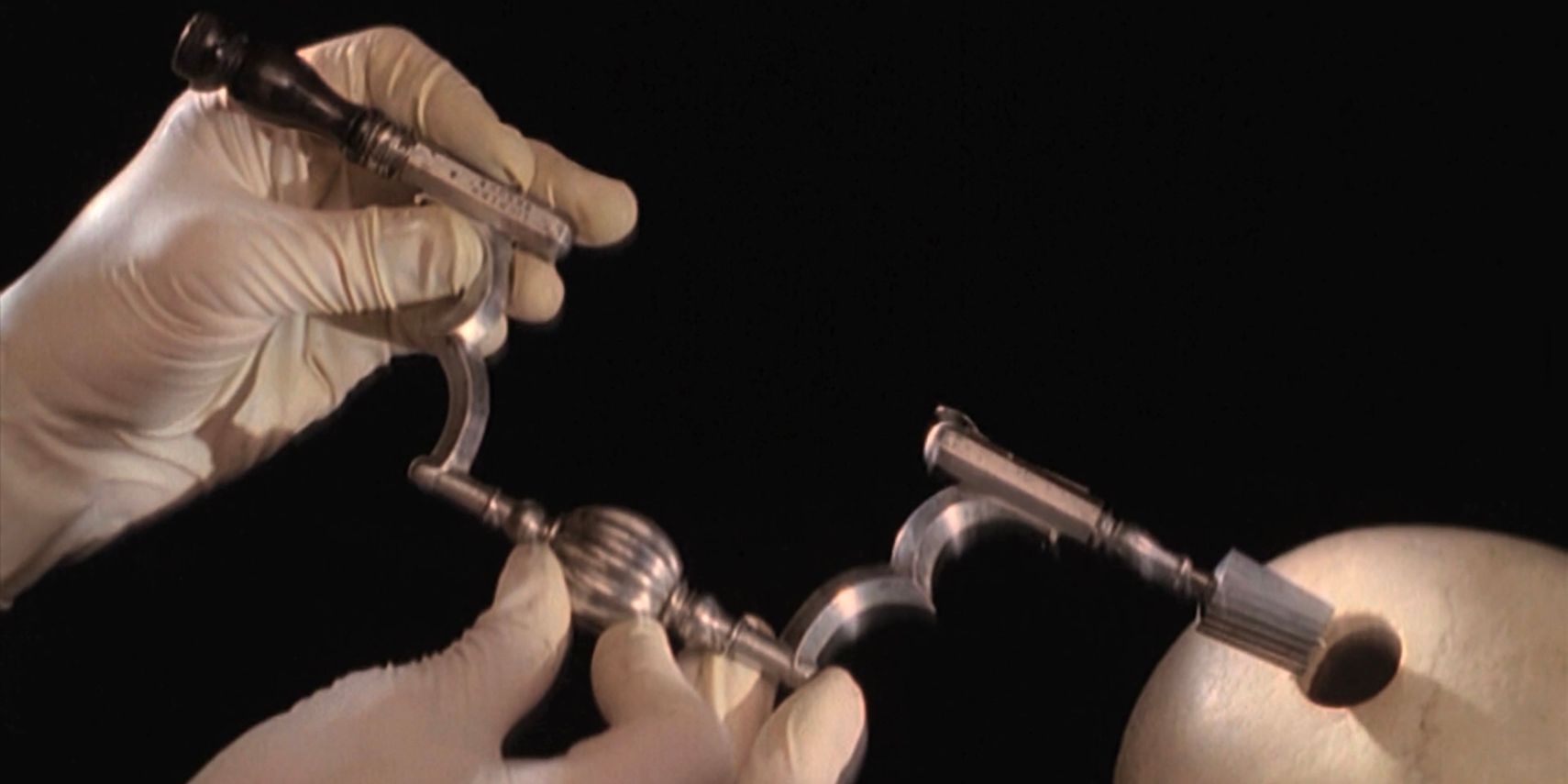
Featuring a number of strange medical artifacts, this film offers an animated glimpse into Sir Henry Wellcome’s famous collection of oddities. As if shrunken heads, lobotomy drills, and serrated chastity belts weren’t weird enough, the brothers give these objects life.
They depict these arcane novelties twisting and squirming in the boxes and cabinets in which they are housed. Presented as a guided tour of sorts, this journey through the halls of Wellcome’s house of all things weird is an absolute delight to witness.
from ScreenRant - Feed https://ift.tt/2XUMKk8


0 Comments